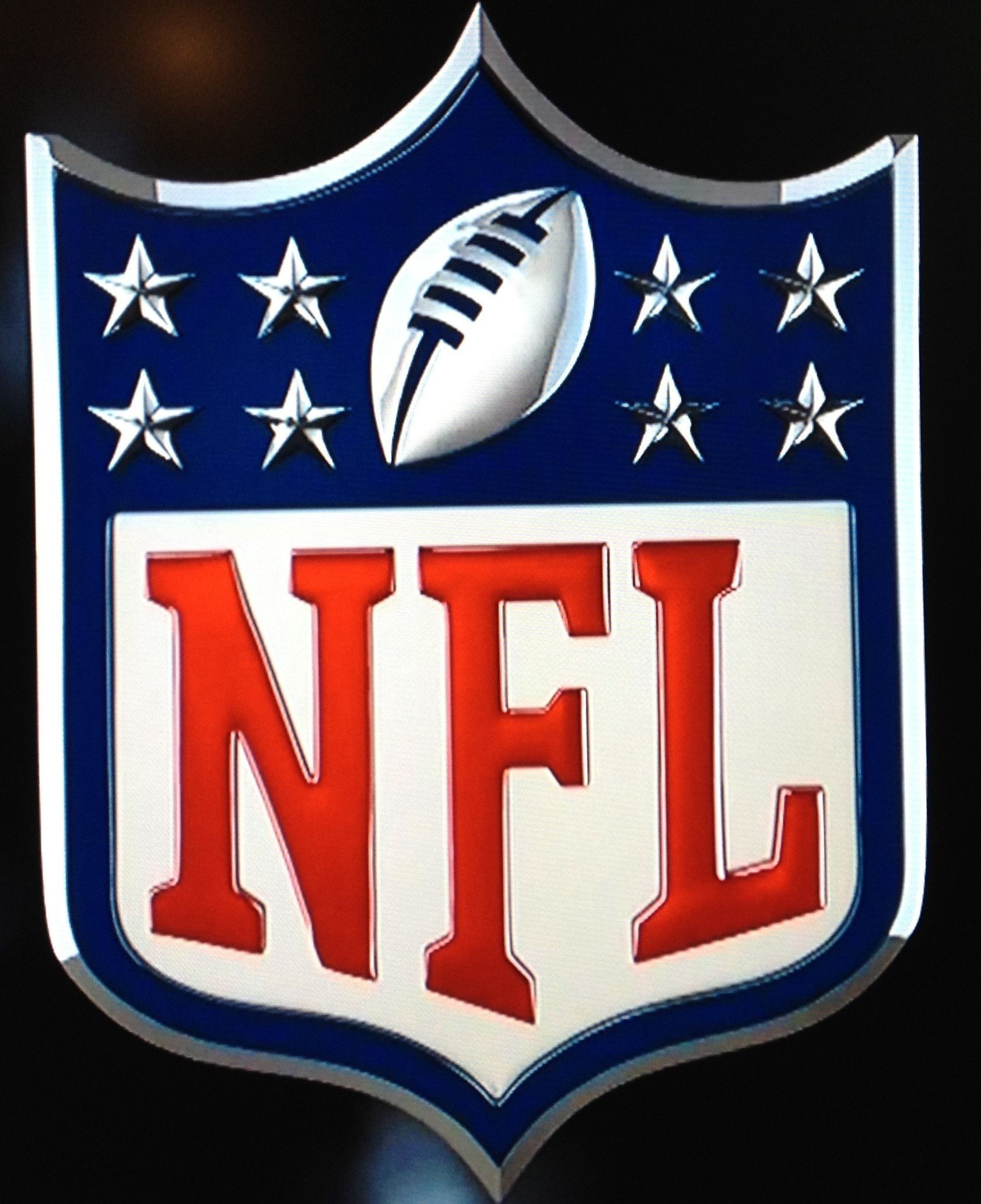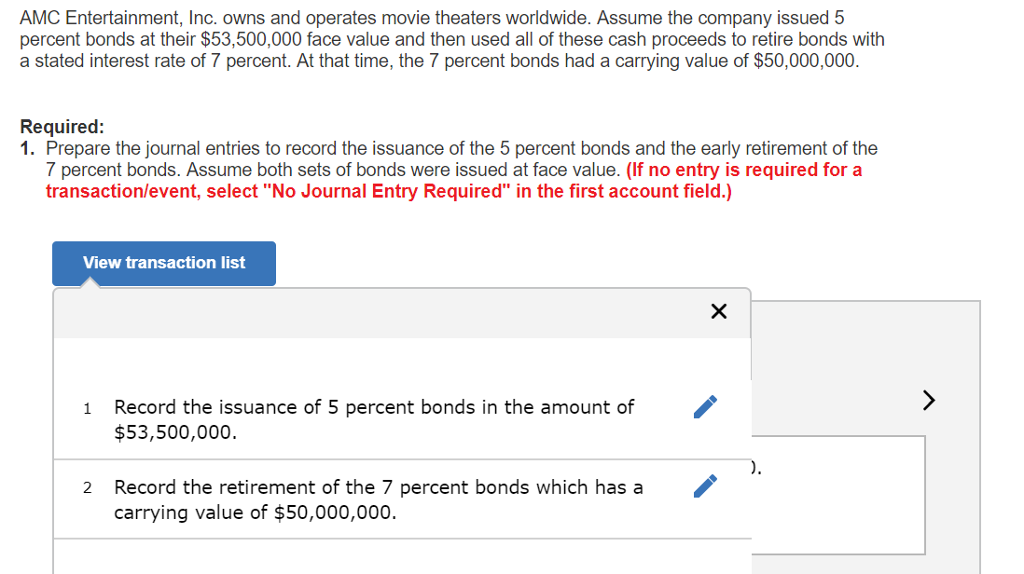Unlocking Value: Are Sports Cards Worth Anything in 2025?
Introduction: The Value of Sports Cards in Today’s Market
Sports cards have long held a place in pop culture and investment circles. In 2025, the question “Are sports cards worth anything?” reflects a market that is both dynamic and complex. This article explores current trends, what influences card value, and how collectors and investors can navigate the opportunities and challenges of owning sports cards. Whether you are sitting on a childhood collection or considering sports cards as an alternative investment, understanding the factors shaping value is essential for making informed decisions.
Market Overview: Growth, Correction, and Opportunity
The sports card market is a significant segment of the broader sports memorabilia industry. In 2025, the global sports memorabilia and trading cards market is valued at approximately $33 billion , with forecasts suggesting it could reach $271.2 billion by 2034, growing at a robust CAGR of 22.1% [1] . This surge is driven by digitalization, access to online marketplaces, and renewed interest among both aging collectors and young investors.
Recent years have seen a
boom-and-correction cycle
. The late 2010s and early 2020s featured soaring prices, fueled by social media hype and the pandemic’s impact on alternative investments. However, 2023-2024 brought market corrections, stabilizing prices and introducing a more mature, discerning collector base. The sports card market now hovers around
$15-20 billion
globally, with values fluctuating based on broader economic trends, the popularity of major athletes, and significant sporting events
[2]
.
What Determines the Value of Sports Cards?
The worth of any sports card depends on several key attributes:
- Rarity and Scarcity : Limited edition cards, short print runs, or cards of iconic players are highly prized. For example, vintage cards from the early 1900s or rare rookie cards often fetch premium prices [3] .
- Condition and Grading : Professional grading agencies like PSA, SGC, and Beckett grade cards on condition, ranging from ‘Poor’ to ‘Gem Mint’. Higher grades dramatically increase value. For instance, a PSA 9 vintage rookie card can command hundreds to thousands of dollars [4] .
- Player Popularity and Performance : Cards featuring active, popular, or Hall-of-Fame athletes typically see greater demand.
- Historical Significance : Cards from milestone seasons, record-breaking games, or pivotal eras in sports history stand out.
- Market Trends : New releases, major sporting events, and social media trends can cause rapid value fluctuations.
For recent releases, prices can vary widely. For instance, the 2025 Topps Heritage Baseball set features base cards selling for $1-$25, while rare superfractor or autographed cards can reach over $1,000 [5] .
How to Assess the Value of Your Sports Cards
If you’re wondering whether your sports cards are worth anything, follow these steps:
- Identify Your Cards : Determine the year, brand, player, and card number. Use online databases such as PSA, Beckett, or SportsCardsPro to look up values. You can also search for recent eBay sales to gauge current market prices.
- Evaluate Condition : Inspect for wear, centering, corners, edges, and surface. Cards in pristine condition have higher value. Consider submitting valuable cards for professional grading, which can enhance resale price and buyer confidence.
- Research Market Trends : Check recent auction results, marketplace listings, and news articles for trends. Note that vintage elite cards and rare modern inserts are outperforming mainstream cards, which tend to remain flat [4] .
- Utilize Online Tools : Platforms like SportsCardsPro offer price guides, recent sales data, and collection management tools. These are essential for tracking current values [5] .
Selling Your Sports Cards: Pathways and Strategies
If you decide to sell, there are several routes you can pursue:
- Online Marketplaces : eBay, COMC, and Heritage Auctions are leading platforms for selling cards. You’ll need to create an account, photograph your cards, set prices based on recent sales, and handle shipping.
- Local Card Shops and Shows : Visiting a local card dealer or attending sports memorabilia shows can help you get expert opinions and potentially sell directly to collectors.
- Consignment and Auction Houses : For high-value cards, consignment with established auction houses may achieve better results. Always verify auction terms, fees, and payment timelines.
When selling, be prepared to negotiate and respond to buyer inquiries. Consider insurance for shipping valuable cards and always document sales for tax purposes.
Investing in Sports Cards: Opportunities and Risks
Sports cards can be a viable alternative investment, but it’s essential to approach with caution. The market’s rapid growth and digitalization have attracted investors seeking diversification. According to industry reports, the sports trading card market could grow sevenfold by 2032 [3] . However, only a small percentage of cards achieve significant appreciation; most mainstream cards remain flat or increase modestly over time [4] .
Potential Challenges :
- Market Volatility : Prices can fluctuate based on athlete performance, economic trends, and collector demand.
- Liquidity : Finding buyers for niche or lower-value cards can be time-consuming.
- Authentication and Fraud : Counterfeit cards and altered items remain risks. Use reputable grading services and buy/sell through established channels.
Alternative Approaches :
- Focus on Iconic Cards : Invest in historically significant cards or those of top athletes.
- Diversify : Don’t put all your capital into one type of card or sport; diversify across eras, athletes, and card types.
- Stay Informed : Follow industry news, forums, and expert analysis to anticipate shifts in value.
Getting Started: Step-by-Step Guidance for New Collectors
If you’re new to sports card collecting or investing, here’s how to start:

Source: sleeklens.com
- Set a Budget : Determine how much you’re willing to spend, factoring in potential grading, shipping, and selling fees.
- Choose Your Focus : Decide whether you want to collect for passion, investment, or both. Select sports, players, or card types that interest you.
- Educate Yourself : Utilize resources such as PSA’s official price guide, SportsCardsPro, or Beckett’s market reports to learn about values and trends. If you need guidance, search for “sports card price guide” or “sports card grading services” on official sites.
- Join Collector Communities : Engage with online forums, local clubs, or social media groups to share knowledge and connect with other enthusiasts.
- Track Your Collection : Use digital tools or spreadsheets to monitor your cards, values, and sales history.
Conclusion: Maximizing Value and Navigating the Market
Sports cards remain a valuable asset for collectors, investors, and sports fans alike. Their worth depends on rarity, condition, market trends, and demand for specific athletes or sets. While the market is more measured and mature in 2025, opportunities abound for those who approach with knowledge and caution.

Source: theultimatelineup.com
If you’re ready to assess, sell, or invest in sports cards, start by researching your collection, learning current trends, and connecting with trusted marketplaces and communities. For further guidance, consult official price guides, grading services, and marketplace listings, always verifying sources before making decisions.
References
- [1] PR Newswire (2024). Sports Memorabilia & Trading Cards Market Analysis.
- [2] Crescent Vale (2025). The 2025 Sports Card Landscape.
- [3] Splint Invest (2025). Investing in Sports Cards in 2025.
- [4] Cardhound Vintage (2025). 5 Predictions for the 2025 Vintage Sports Card Market.
- [5] SportsCardsPro (2025). 2025 Topps Heritage Card Prices.
MORE FROM couponnic.com













